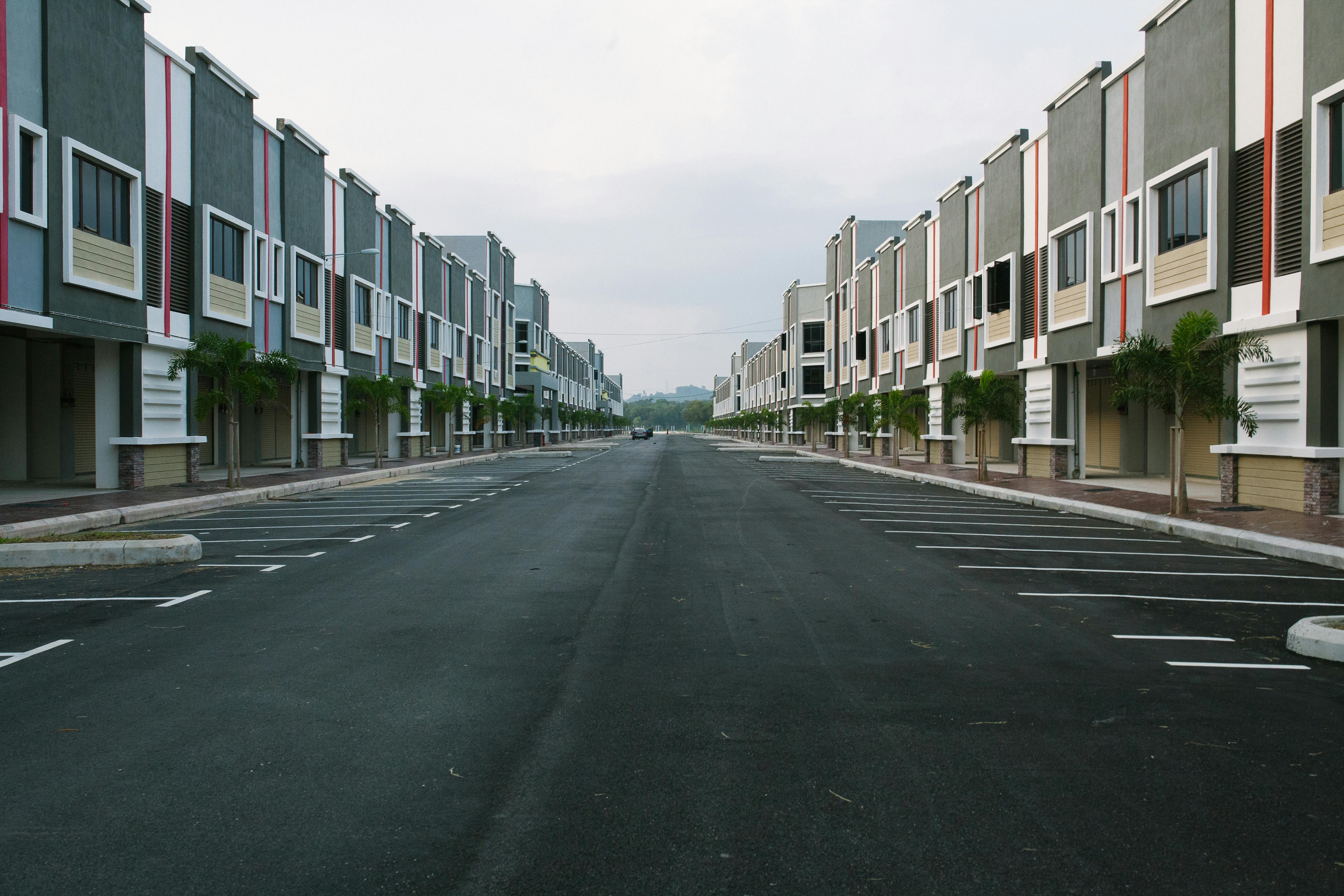
have fun with bonsai
“Bonsai” literally translated simply means “to plant in a pot”. Originally in nature, a seed might have fallen into a “pocket” in a stone crevice, some organic material became soil, and a tree might have grown. Perhaps Bonsai started this way.
The Japanese get most of the credit for the development of Bonsai, however the real story is much more international and contradictory. A plant only has the requirement of being woody, to qualify as a Bonsai subject.
The size of the sheet is important. Leaf size can be reduced with proper pruning, but only to a certain extent. The original “scale” of the sheet should not be too large.
To judge a good bonsai, the eye moves up the tree in a fluid way without distraction, from the bottom of the pot, to the roots, to the trunk and trunk to the top. The trick is to make the bonsai look as old and mature as possible. The sculptural “movement” of the trunk is vital. The trunk is the most important “starting” point of Bonsai.
Bonsai collects the character of a real tree and captures the spirit of nature, whether in the mountains, on the coast or anywhere else. Bonsai is more than a simple tree; it actually creates a whole environment.
The soil type, at best, should be very fast draining, pebbly with no organic matter. (An organic mix could be created, but it must be very fast draining.) The faster the soil drains, the more fibrous roots are created (and the bonsai should have all fibrous roots due to their efficiency in absorbing nutrients).
Bonsai go through seasonal changes, just like the leaves, buds, fruit, and color of trees in nature.
It is a mistake to think that bonsai is a “tortured” plant. This is not entirely true. The opposite is actually a fact, where the plant is very natural and its systems extremely efficient.
Too much attention is often the cause of death for a Bonsai. Watering only when necessary does the trick. Not bone dry but not too wet (just on the dry side of wet). Moisture can be checked with a piece of toothpick inserted into the soil, such as an oil dipstick.
The more light, the better.
Bonsai has a front, a back, and two sides. Be sure to determine the “front” before encapsulating.
The bonsai root mass should be anchored to the bottom of the pot with wire to keep the tree stable. The fibrous root mass in a fast-draining soil is a “fluffy” machine so the roots have everything they need to absorb nutrients efficiently. If there are many roots, there will be many leaves.
In 40 to 50 years, a bonsai develops into a “big” tree in the wild. The crown becomes rounder, the branches tend to droop, and the trunk thickens.
Always water from above. Do not submerge the pot in a sink full of water. Water the leaves as well to wash off dust and bugs. The houses are on the dry side. Daily misting is fine (or place the pot on a humidity tray with moist pebbles).
Liquid (balanced) fertilizer is best for Bonsai. Do not use sticks, balls, etc. Compost tea should not be used (it is not good to have more microscopic bacteria feeding in the soil).
The bonsai should be accented with a “ballet-like human form” with foliage at various points.
Remove branches that grow vertically and straight down. Keep the branches horizontal or slightly down. Lots of “trim and grow”, “trim and grow”, repeatedly for proper training with lots of directional pruning. Trim horizontal branches back to healthy green leaves, always removing new ones that grow directly up or down. Once any branch grows to (5) new leaves, cut it back to (2).
There is no such thing as “instant bonsai”. Always grow, trim, grow, trim.
When cutting branches, cut flush with the trunk. Use special branch clippers designed for Bonsai. This is the opposite of horticultural training on limb trimming on large trees. The tree will “slow down” in winter with little pruning needed as (5) the leaves will not grow as fast.
“The bonsai has a beginning, but not an end. A bud today becomes a branch tomorrow. The more you chase, the further you are” (Chase Rosade).